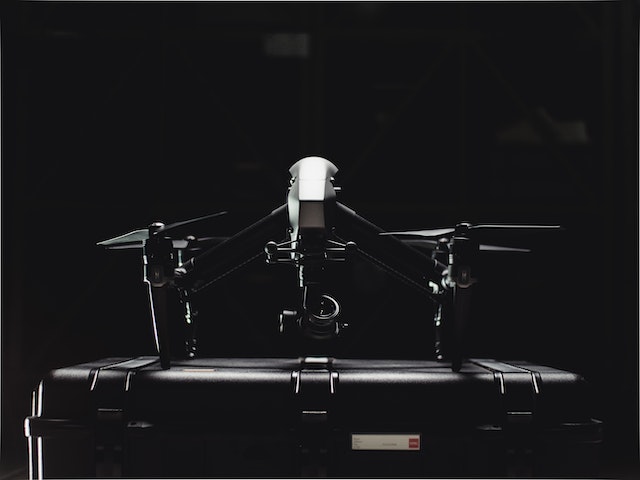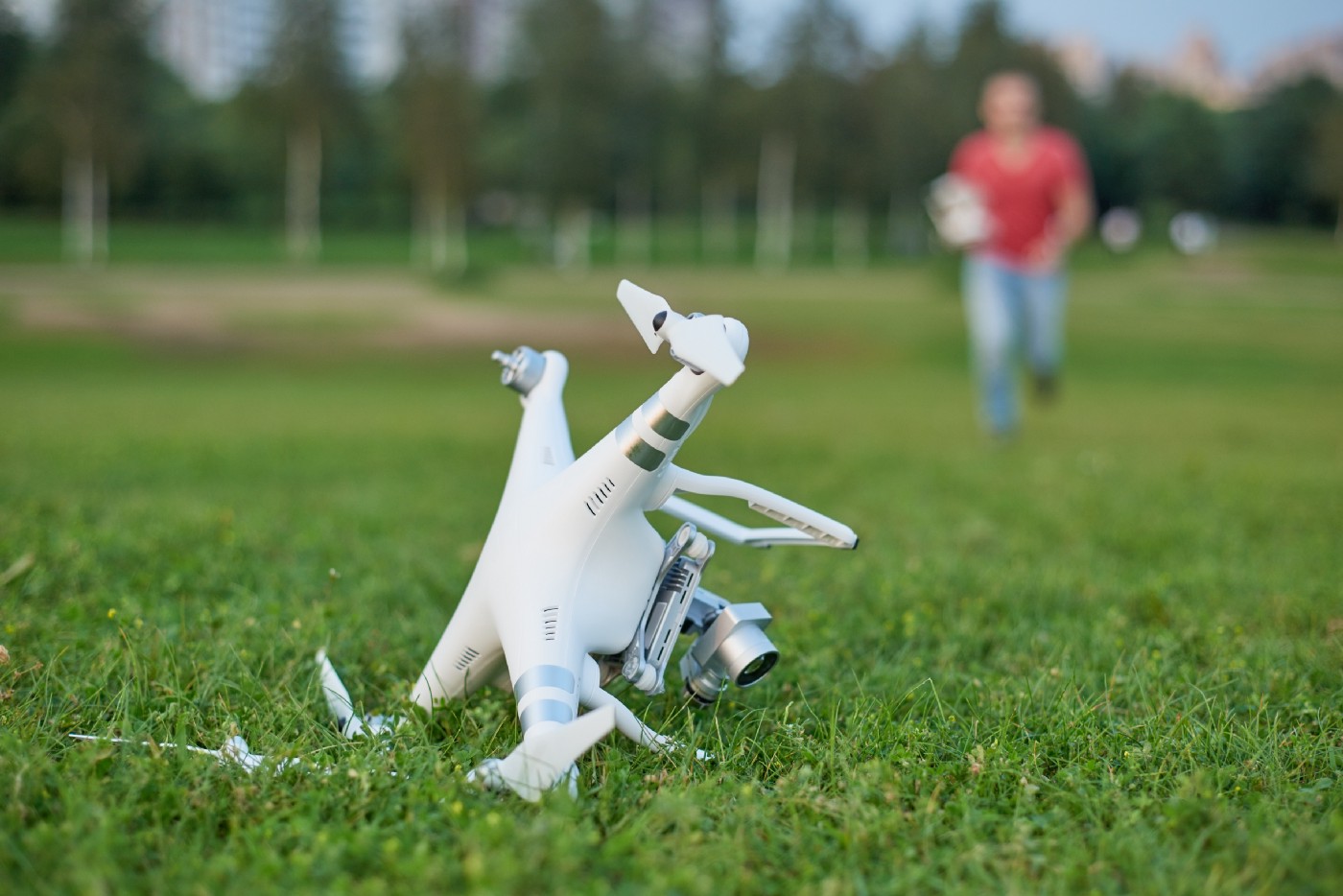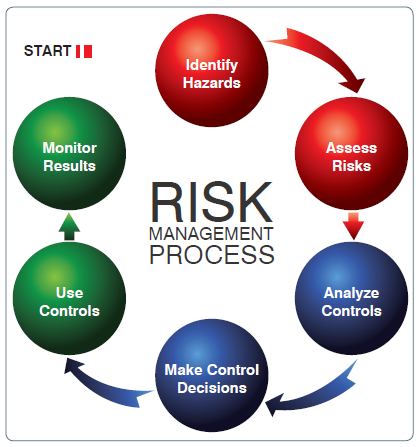

The following are some important factors when selecting, certifying, and training Unmanned Aircraft System (UAS) operators for commercial operation:
- Certification Requirement - Operating a drone or unmanned aircraft (UA) commercially requires FAA certification, 14 CFR Part 107. You must obtain a Remote Pilot Certificate from the FAA. This certificate demonstrates that you understand the regulations, operating requirements, and procedures for safely flying drones. If you are using a drone solely for recreation, you may be exempt from this rule.
- Manned Aircraft Flying hours applicability - When selecting a UAS pilot operator, it is not necessarily critical for the candidate to have manned aircraft flight hours. Some research has shown that UAS platforms utilizing manned aircraft pilots as operators have significantly more Human Factors related accidents than those operated by enlisted personnel (Williams, 2004). This may be related to the fact that there is a negative training transfer going from manned aircraft to unmanned stations because the operators are not dealing with the same environment (cockpit vs. ground station).
- UAS Size Implication - The size of the UAS can determine the requirements for crewmember/operator qualification. For example, a drone under 55 lbs is considered a small UAS platform. Some of these drones are easily piloted using one remote pilot aircraft (RPA) operator, compared to large UAS, which may require more than one operator (i.e. RPA operator, payload operator(s), and crew chief for coordination).
- Recurring Training Requirement - To maintain the remote pilot certificate, the certificate holder must complete a recurrent training course or pass a recurrent knowledge test every 24 calendar months to continue to exercise the privileges of their Remote Pilot Certificate (FAA, n.d.).
References:
Federal Aviation Administration (FAA). (n.d.). Part 107 Small UAS Recurrent Training. https://www.faasafety.gov/gslac/ALC/CourseLanding.aspx?cID=677
Williams, K.W. (2004). A summary of unmanned aircraft accident/incident data: Human factors implications (Report No. DOT/FAA/AM-04/25). Washington, DC: Office of Aerospace Medicine.




